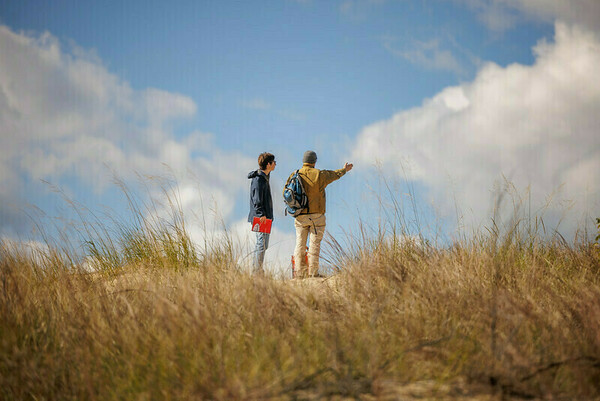A caravan of several vans descended upon Michigan’s Warren Woods State Park on a crisp October morning. As I and about twenty students and teaching assistants in Dominic Chaloner’s Practical Ecology Lab stepped out into the day, we were greeted by a sea of green: a cathedral-like expanse of beech trees, accented by scattered pops of red and yellow from nearby maples as a stiff northwesterly breeze kicked dry leaves across the road.

Chaloner, professor of the practice in the Department of Biological Sciences at the University of Notre Dame, and students planned to get their hands dirty and investigate the landscape in a way impossible in a sterile lab on campus. The goal for the morning was to study forest structure by determining the abundance of beech and maple trees: an undisturbed forest such as Warren Woods was expected to have mostly beeches.
“Part of it is getting students to actually do science,” Chaloner said. They had indeed being doing a lot of science for the last few weeks: working productively in the lab, learning how to read and write scientific papers, and analyzing their data. The trees that they stood under would also be rigorously studied and written about in the coming weeks.
Yet there would be much more, beyond just those trees, that the students would come to appreciate on that chilly day . . .
Originally published by at science.nd.edu on February 27, 2024.